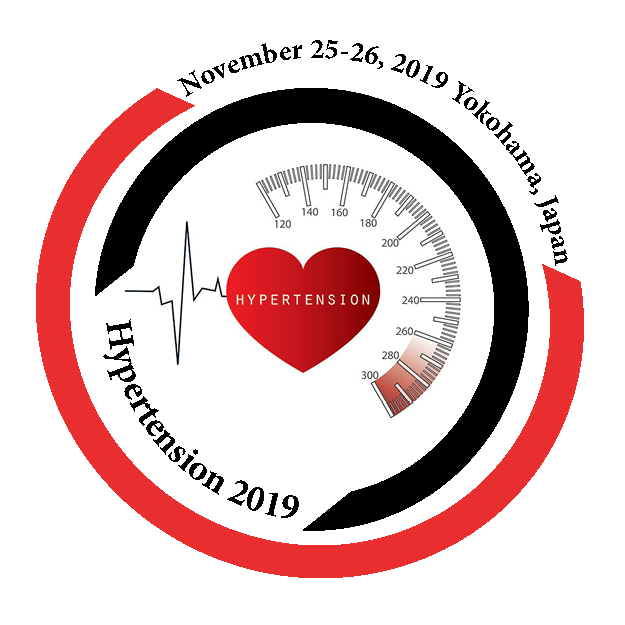Li Jiang
The First Affiliated Hospital of Nanjing Medical Universtiyy, Nanjing, China
Title: Omental Adipose Removal Decreases High Blood Pressure in Hypertensive Patients Independent of Body Mass Index
Biography
Biography: Li Jiang
Abstract
Omental adipose removal decreases high blood pressure in hypertensive patients independent of body mass index: It is a multicenter, prospective cohort clinical study. 133 patients with gastric or gynecological cancer were divided into 3 groups: non-hypertensive and omentum removed (NH&OR), hypertensive and omentum removed (H&OR), and hypertensive and omentum present (H&OP). The patients were followed up in sitting blood pressure (SBP), changes in related body mass index and metabolic indices. The time points of the 2 follow-up visits were 1 month ± 7 days after the operation before the start of chemotherapy and the endpoint of 8 ± 1 month. H&OR group showed significant reductions in SSBP and SDBP at 1-m (-16.94/-10.50 mmHg, both P < 0.001) and 8-m endpoint (-16.00/-5.50 mmHg, P < 0.001 and P = 0.004). Little reductions were observed with BMI of patients in 3 groups (H&OR group: 24.60 kg/m2 to 23.57 kg/m2, NH&OR group: 23.45 kg/m2 to 23.25 kg/m2, H&OP group: 25.74 kg/m2 to 25.24 kg/m2, all P > 0.05). No correlation was found between baseline BMI and 8-m change of SSBP and SDBP in H&OR groups. In both groups, triglyceride levels were significantly increased at 1-m after surgery (NH&OR 0.32 mmol/L, P = 0.006; H&OR 0.40 mmol/L, P = 0.010). Resection of omental adipose tissue represents an impact for reducing SSBP and SDBP at 8 months in hypertensive patients, even in the non-obese hypertensive population.

